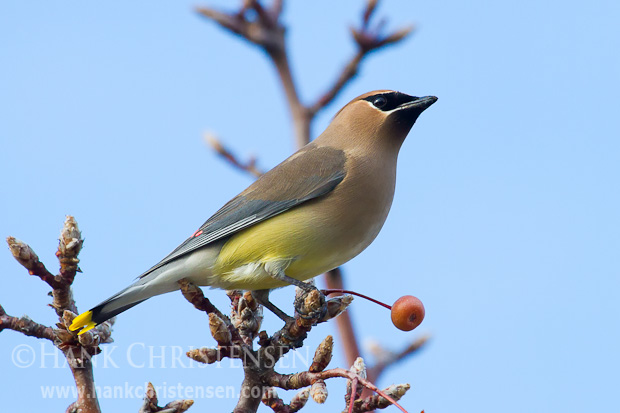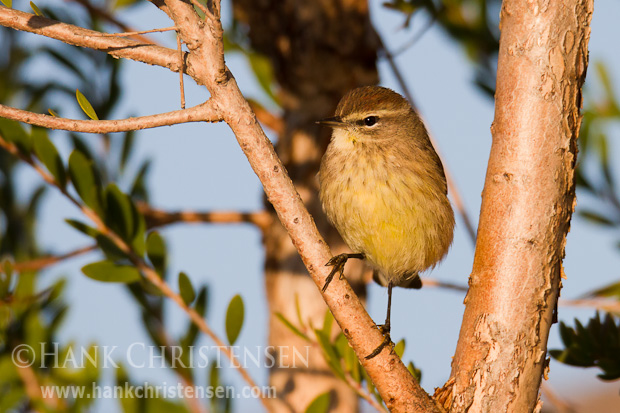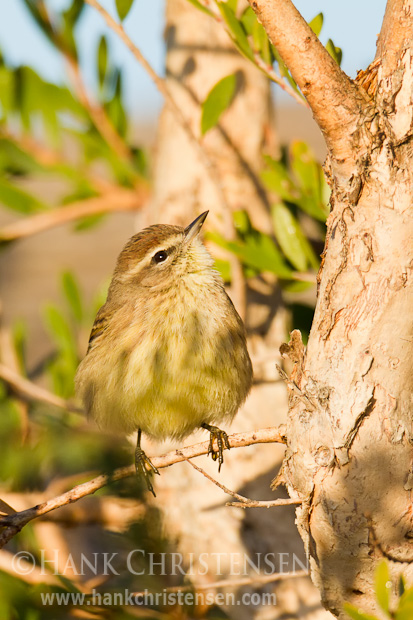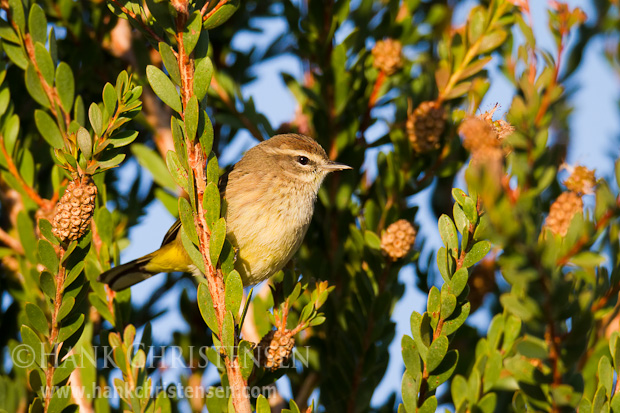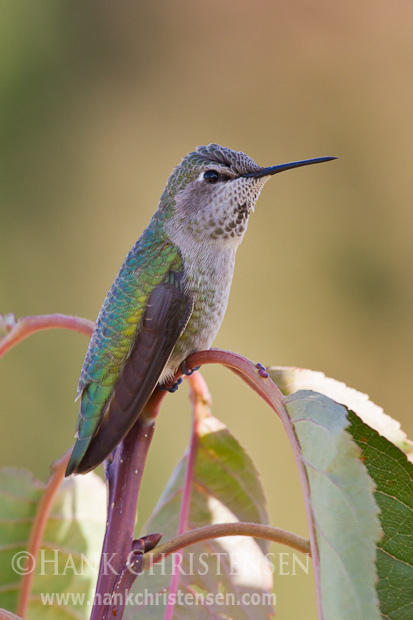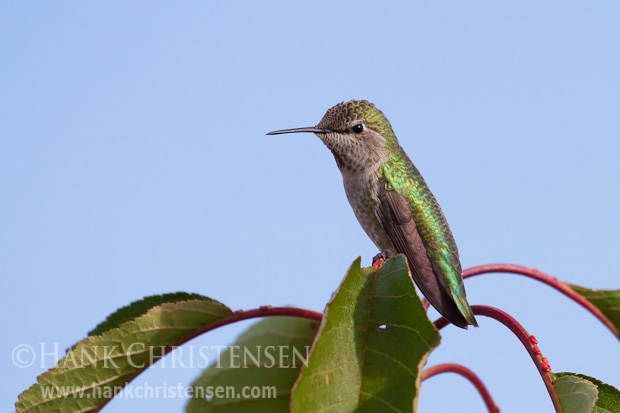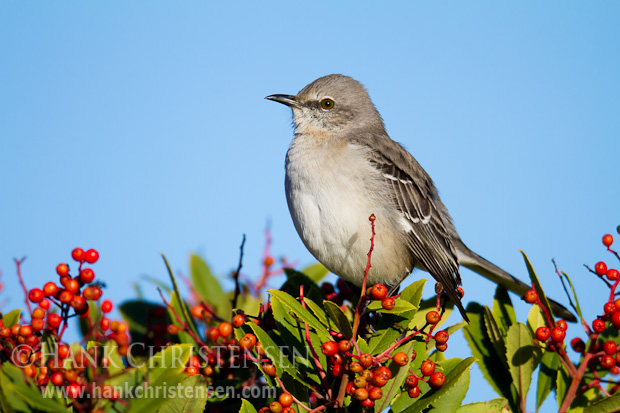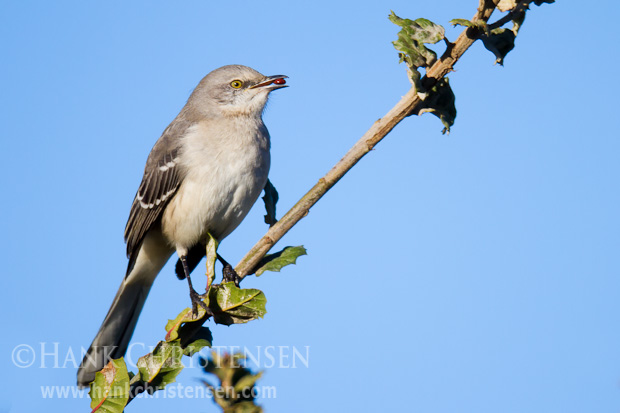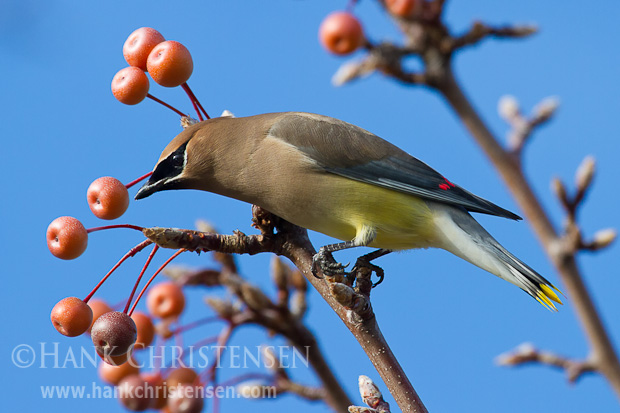
This weeks photo features the Cedar Waxwing, one of my favorite passerine species. I love the way this bird’s feather colors blend together into soft gradients, giving the appearance of a painting. Waxwings derive their name from bright red feathers near the tips of their wings, which is thought to resemble sealing wax. Cedar Waxwings travel in flocks and almost always perch off the ground, usually in trees, and rarely in bushes or shrubs.
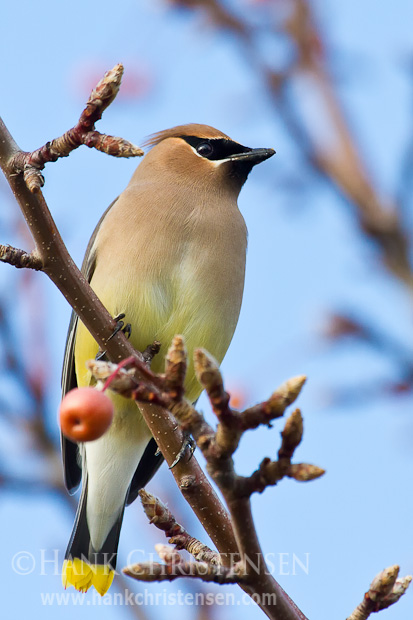
The waxwings seen here descended on a row of cherry trees, and proceeded to eat with great gusto for about an hour, moving from tree to tree. All shots were taken hand-held with my 100-400mm zoom lens. This is a great walk-around lens, which I use on hikes if I’m expecting the possibility of seeing wildlife.
